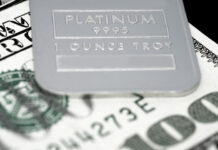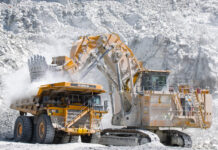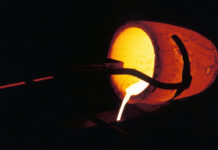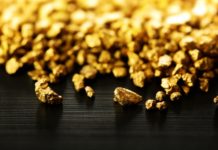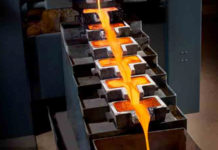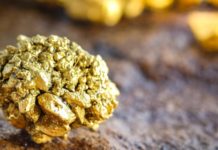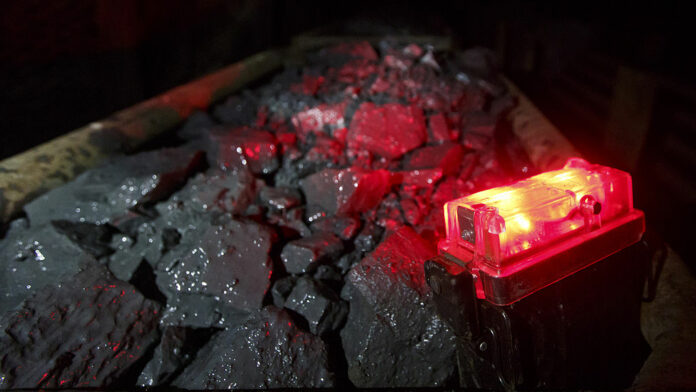
HARMONY Gold is looking at increasing uranium production through third party supply and by improving the capacity of its processing facilities.
“There are quite a few dumps in South Africa that contain a bit of uranium and have been operators. So our project team will be looking at it,” said Beyers Nel, chief operating officer of Harmony Gold in an interview on Wednesday.
Harmony increased uranium production 37% to 308,018 pounds in the six months ended December and sold 353,000 lbs following a year-on-year 45% increase in the price of the fuel to $65.96/lb. The outcome was revenue of R435m from R81m in the prior period.
This is a fraction of total revenue of R35bn for the six months but Naude said the group was bullish on the price. “If you look at the baseload argument globally and the fact that uranium is seen as being greener than before then uranium could potentially have a good time,” he said. “But there is variablity in the system,” he added.
Recommissioning of mothballed uranium processing capacity could also place “downward pressure” on the price of the fuel, he said.
Despite this, Harmony believed it could optimise at least one of two plants that currently produces uranium at Moab Khotsong, a gold mine in North West province. Harmony produces uranium as a by-product of gold at the mine. The group also owns processing facilities on the West Rand.
“Fair to say that we will try to optimise the use of our infrastructure with potentially other sources of uranium,” said Nel.
Dubbed yellowcake, the mineral has been out of vogue for more than a decade. But prices have been heading north for the past three years, and in October they hit levels last seen in 2011. According to the World Nuclear Association, global uranium demand is forecast to reach 83,840 tons in 2030, from 65,650t now, while supply falls 50%.
A doubling in the development pipeline is needed to avoid a major supply deficit, the association says.
Sibanye-Stillwater considered converting its Beatrix gold mine into a uranium project. However, the group’s CEO, Neal Froneman stepped back from both projects. “It is not a part of the energy market that will blossom to the extent of other minerals,” he said in June last year.
Neo Energy Metals listed in London during November on the basis that it would develop the Henkries uranium project near the Orange River about 80km north of Springbok. The project was previously explored by Anglo American.


